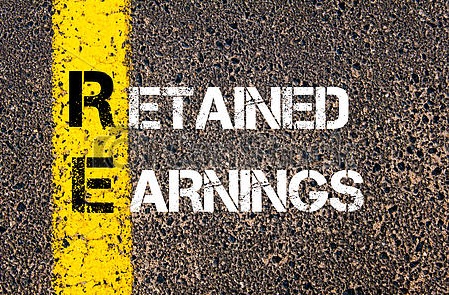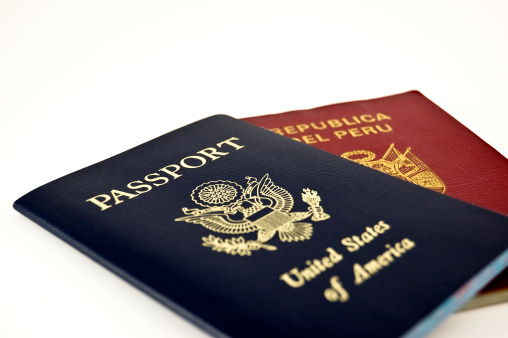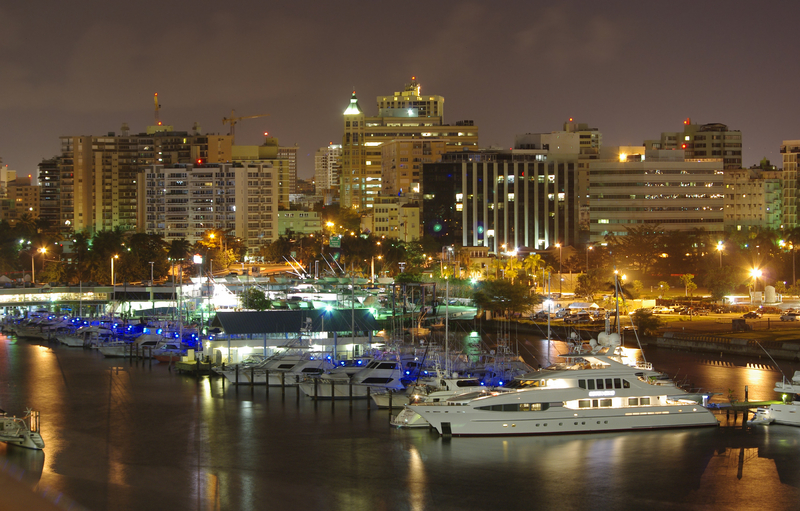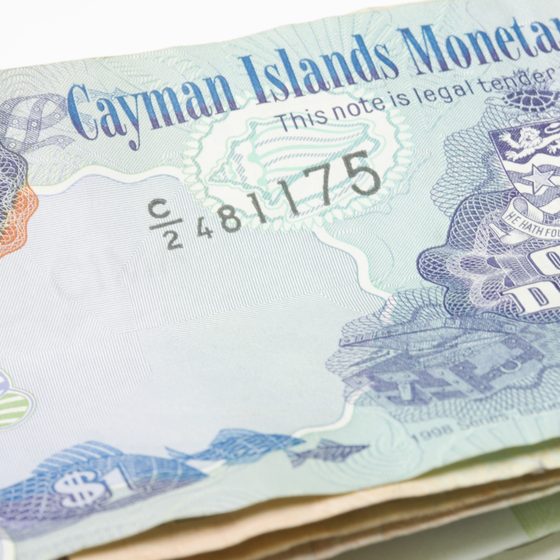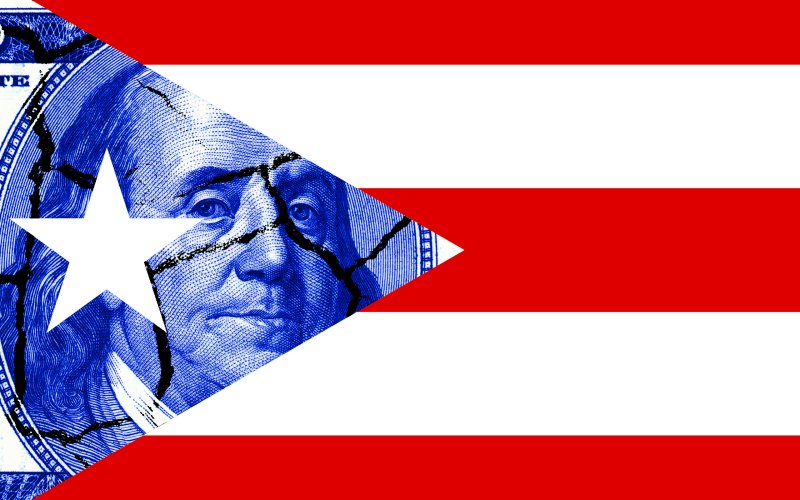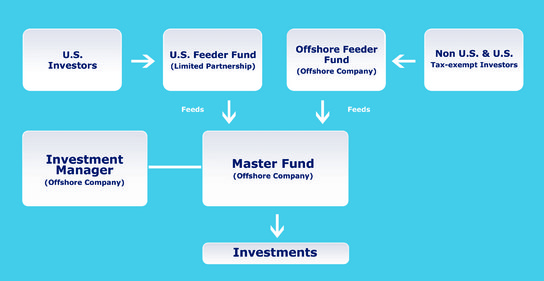Research and Development and Intangible Property Tax Breaks in Puerto Rico
Puerto Rico has the best tax deals available to Americans… period. No offshore jurisdiction can compete with the US territory of Puerto Rico when it comes to cutting your taxes.
This post will focus on Puerto Rico’s research and development and intangible property tax breaks. Act 73 is for those who develop licensed or patented software that may be reproduced on a commercial scale and those who license intangible property.
I’ve also written on the more traditional business tax breaks available under Act 20. Basically, if you set up a business in Puerto Rico with at least 5 employees, your corporate tax rate on Puerto Rico sourced income will be 4%. For more, see: Puerto Rico is the Top Offshore Business Jurisdiction for Americans in 2016.
I focus on the the software development and intangible property or intellectual property development components of Act 73. These are 2 of the 12 industries covered by the Act. For example, tax breaks are also available to large scale manufacturing, scientific experiments and laboratories, recycling, hydroponics, etc.
Software developed under Puerto Rico’s Act 73 must be for commercial distribution. You may license or sell it, but it must be widely available. Software developed under the Act should not be for your company’s internal use or custom work done for a particular client.
Act 73 applies to any and all forms of intangible property. Intangible property is defined as something which a person or corporation can have ownership of and can transfer ownership to another person or corporation, but which has no physical substance. For example brand identity, knowledge, and intellectual property are forms of intangible property . Copyrights, trademarks, and patents are also forms of intangible property.
It doesn’t matter how the intangible property came to be owned by the Puerto Rico company. You may have developed it on the island within the corporation, or you can buy it from a related or unrelated company.
If you do develop the intangible property in Puerto Rico, you may receive additional tax incentives. Also, developing the IP in Puerto Rico rather than the United States will avoid a taxable event and transfer pricing issue when you sell / transfer the property to the Puerto Rico company.
Tax Exemptions Under Puerto Rico’s Act 73
Once you have your IP offshore, or begin selling your software, here are the applicable tax benefits. Remember that these replace the US federal income tax rates of 35% + your state (0 to 12%). In many cases, you can exchange a 40% tax rate for 4% or less.
The base tax rate for an Act 73 business in Puerto Rico is 4%. This rate is guaranteed for 15 years from the date your company is approved.
You might be thinking, wow, a 4% corporate tax rate is just too high. “Pioneer” activities in Puerto Rico are taxed at only 1%. Pioneer businesses are typically those who create or develop intangible property on the island.
If you’re still thinking this is too high, I say come on, give me a break… and it can still go lower. If you setup your business in an approved low income area, your corporate rate will be between 0.5% and 0%. Combine this with the tax credits below and you could have a net positive tax rate.
If you’re not a pioneer, you can get to a 3% tax rate. Any business where at least 50% of the shareholders are residents of Puerto Rico, the rate is lowered from 4% to 3%. The same goes for any small to medium sized software or IP development business operated from the island (where average gross income is $10 million or less during the previous three years).
Still not convinced? You will also find a 100% tax exemption on dividend distributions and a 2% or 12% withholding tax on royalty payments to foreign entities for intangible property used in the exempt business. The lower rate includes a 12% matching tax credit for royalties paid to foreign entities, so your rate may vary depending in your situation.
When you sell the business, you’ll pay a 4% fixed income tax rate on the gain. This tax on capital gains trumps any other Puerto Rico income tax code section. The 4% rate is guaranteed under Act 73 for 15 years, so you should have an exit strategy in place prior to this term expiring.
Other tax breaks include:
- 90% tax exemption from personal property taxes.
- 90% tax exemption from real property taxes.
- 90% tax exemption on municipal license taxes.
- 100% tax exemption on municipal construction taxes.
- 100% tax exemption on excise taxes.
Remember that this article is focused on IP and software development businesses. I do not discuss accelerated depreciation, sales and use, and other tax benefits.
Puerto Rico’s Act 73 Tax Credits
The Act provides various tax credits, including:
- 25% tax credit on purchases of products manufactured in Puerto Rico;
- 35% tax credit on purchases of products manufactured in Puerto Rico made from recycled materials;
- Tax credit for job creation during the first year of operations that ranges from $1,000 per job created in an industrial area of intermediate development (as determined by the Office of Industrial Tax Exemption) to $2,500 for jobs created in an industrial area of low development. In the case of businesses established in the municipalities of Vieques and Culebra, this tax credit is $5,000 per job;
- 50% tax credit on eligible research and development activity costs; and
- 12% tax credit for royalties paid to foreign entities with respect to intangible property used in the exempt business.
When comparing Act 73 to Act 20, note that there is not a minimum number of employees attached to Act 73. Act 20 requires at least 5 employees. Both Acts 73 and 20 can be combined with Act 22 for a personal tax exemption.
Act 22 gives a Puerto Rico resident a 0% tax rate on capital gains and dividends. If you’re living in the United States, you will pay US tax on distributions from your Puerto Rico corporation. You are not required to take any distributions, but when you do, they will be taxed in the United States.
I hope you’ve found this article on Puerto Rico’s Act 73 research and development and intangible property tax breaks helpful. Click here for a list of my other articles on Puerto Rico’s tax deal.
For more information, and a confidential consultation on moving your business to Puerto Rico, you can reach me at info@premieroffshore.com or (619) 483-1708.


